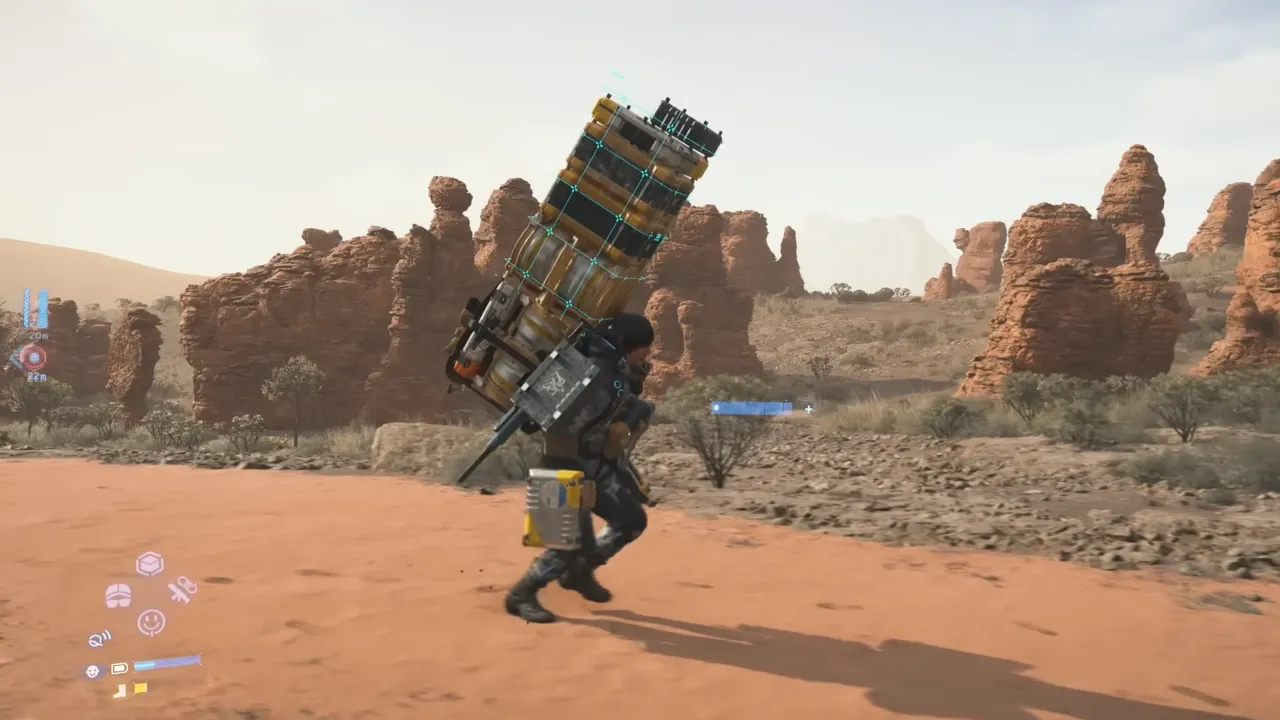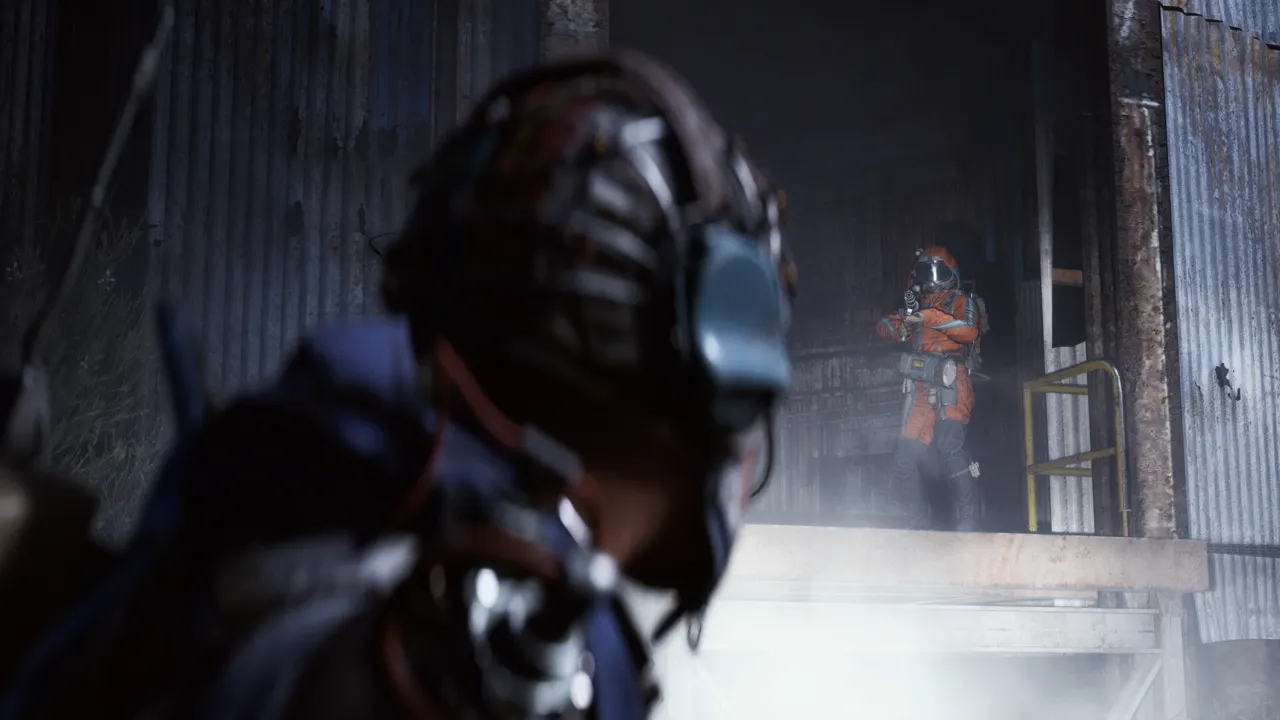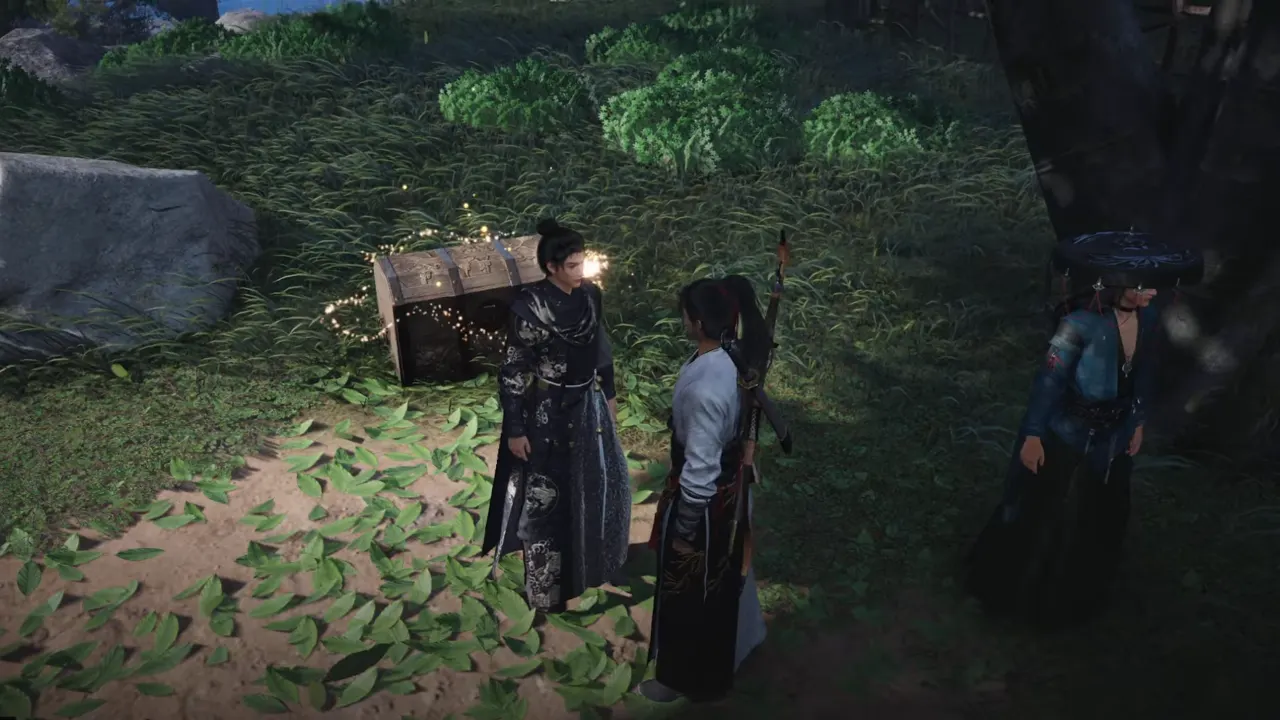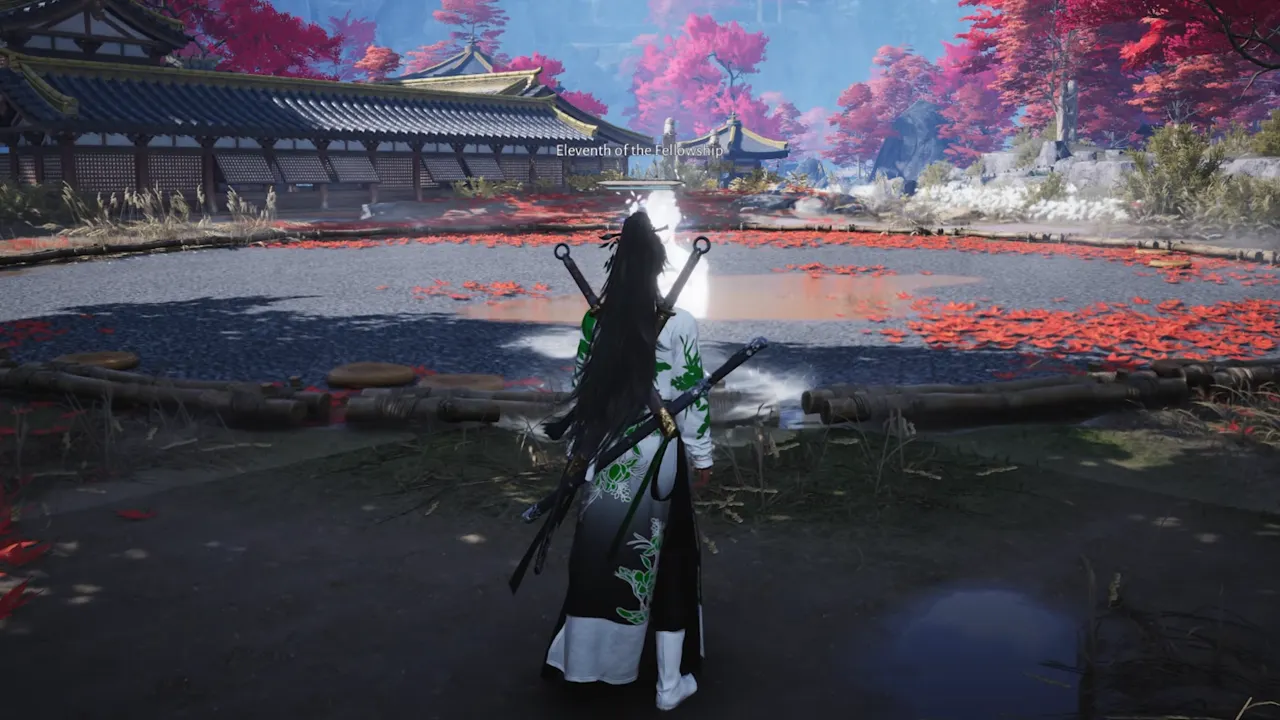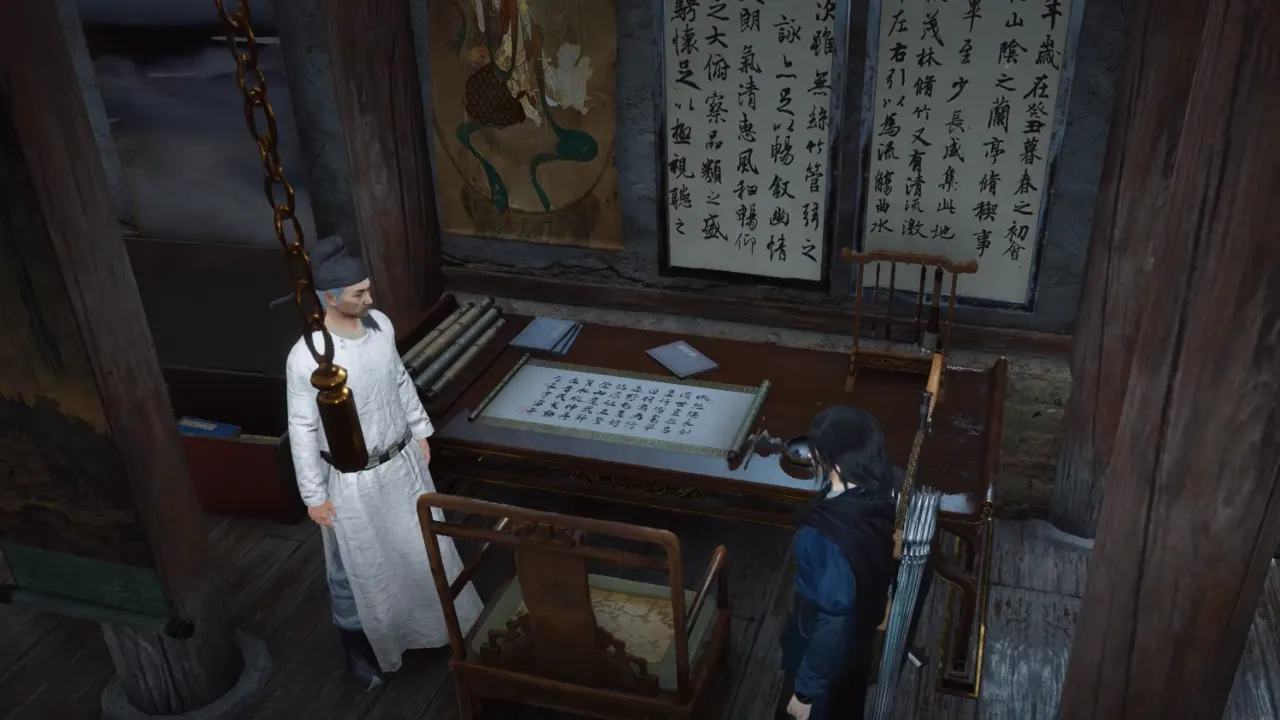Cargo is not only something you carry in Death Stranding 2: On the Beach, but it’s the main theme of this game. It’s your job, burden, and on many occasions, the reason that makes you shout at your screen when it tumbles down a cliff for the third time in ten minutes.
When trekking through ghost-infested mountains, stumbling through storms, or riding a Death Stranding 2 vehicle across muddy plains, cargo’s safety is very crucial. That’s why you must know how to properly secure, manage, and protect your delivery to carry on your progress. Our guide explains how to secure cargo in Death Stranding 2, how the Strand tool works, the ways to minimize damage, and when to offload rather than risk a full-scale delivery disaster.
Why Cargo Security is Important in Death Stranding 2
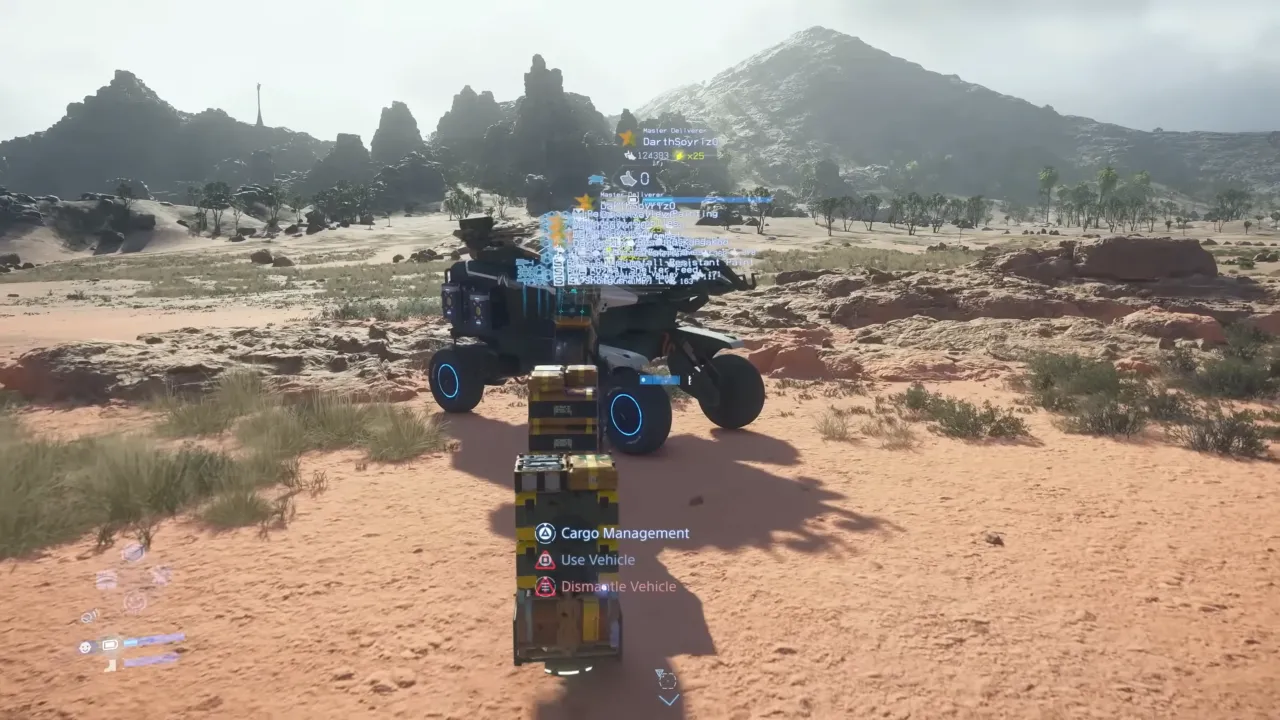
In Death Stranding 2, cargo is everything. Every delivery has an impact on your relationship with delivery stations, your progression, and contributes to the overall narrative to rebuild civilization. But more practically, it’s also your main gameplay loop, and that means it’s highly vulnerable to environmental chaos.
Loose cargo is a domino effect waiting to happen. One bad slip, and you’re watching half your load slide down a mountain or get swept up by a river. Not only do you risk damage, but the downtime it takes to collect and re-stack everything is brutal, especially when you’re dodging Timefall or BTs. That’s not enough, your ratings drop like a rock if you deliver damaged goods. Keeping your cargo secured is the difference between a five-star delivery and getting side-eyed by every station chief in Mexico.
How to Rightly Secure Cargo in Death Stranding 2
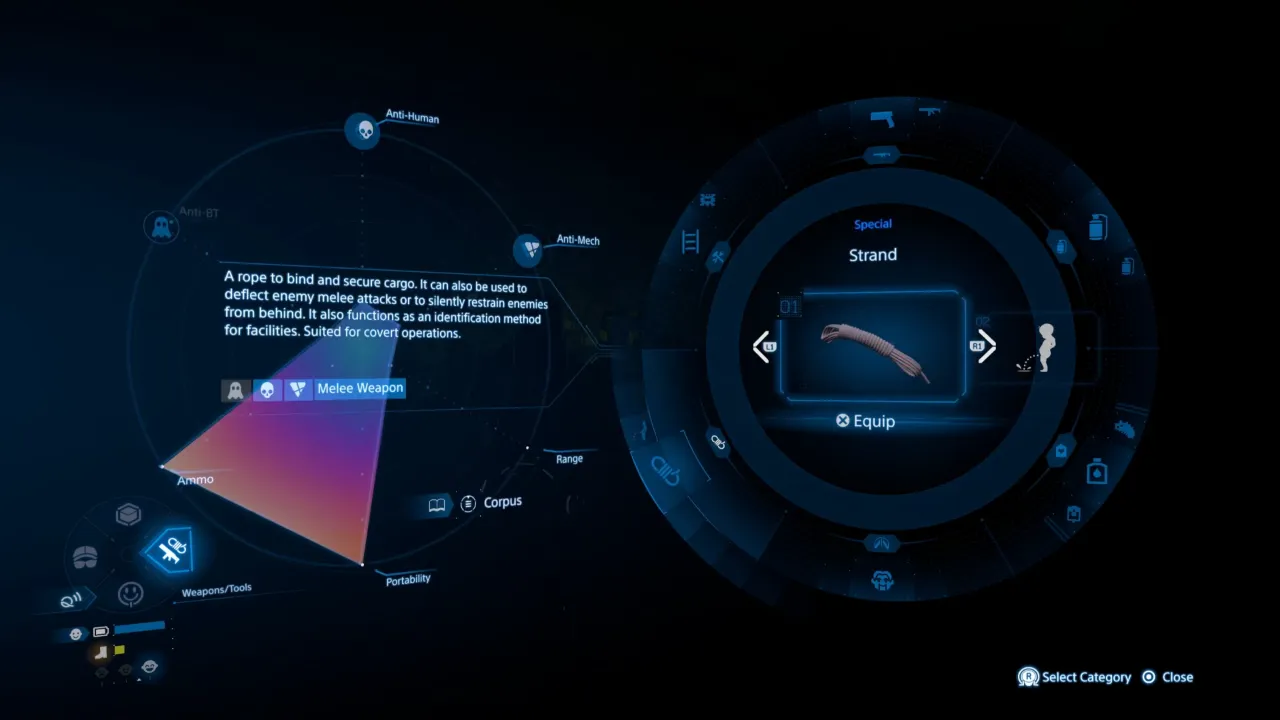
One of the most underappreciated tools in your inventory is the Strand, a multi-purpose item that’s brilliant with the right use. Though it’s often known for stealth takedowns, it also has a second life as your personal cargo anchor mainly when your back is heavily loaded.
Here’s how to use this cargo management tool:
- Place your backpack down: Hold the Triangle button to detach all cargo from Sam and set it down safely.
- Equip the Strand: Open your radial menu (Right D-Pad) which lists down all available weapons and tools, scroll to Special Tools, and select the Strand.
- Secure the cargo: Aim the Strand at your dropped backpack or floating cargo. When the prompt appears, tie it down.
It leads to a brief animation of Sam wraps and secures the load. Once tied, your delivery package almost sticks together better, avoids falling, and even stays in place when Sam enters vehicles. But the Strand isn’t indestructible. If you fall too often, get smacked around in fight, or slam into terrain at high speeds, the ties can snap. Once they do, your cargo becomes as loose and chaotic as it was before.
Floating Cargo and Vehicle Storage
Tying down cargo isn’t only for your back. The same method works for floating carriers (the hover platforms you drag along). With the Strand equipped, you can approach a floating pile and secure it just like you would with your backpack.
Tied cargo can also be transferred into vehicles. If you’ve a Tri-Cruiser or another hauler, you can move a strapped-up load to the vehicle’s bed to reduce Sam’s burden and also keep everything secure. Although vehicles are usually safe, a hard crash or poor driving can still damage your cargo. So don’t drive like you’re in Mario Kart, your boxes aren’t built for shell impacts.
What Leads to Cargo Damage?
Even with the Strand in place, the terrain itself is a menace. Mexico’s map in Death Stranding 2 is filled with rocky slopes, slippery rivers, and ambush-heavy regions, and one bad step equals cargo chaos. Battle zones are especially dangerous. If you enter BT territory or a MULE ambush, you should offload the cargo first. Dropping it in a safe location before an encounter not only makes you quick in fight and hard to detect, but also protects the cargo from stray bullets or tentacle grabs.
Thankfully, the game displays cargo icons on your map and HUD, so recovery is rarely an issue if you forget the actual placement location. Another source of cargo damage is Timefall; cargo left exposed for too long will take progressive damage, starting with the container and then affects the delivery item inside.
How to Prevent and Repair Cargo Damage
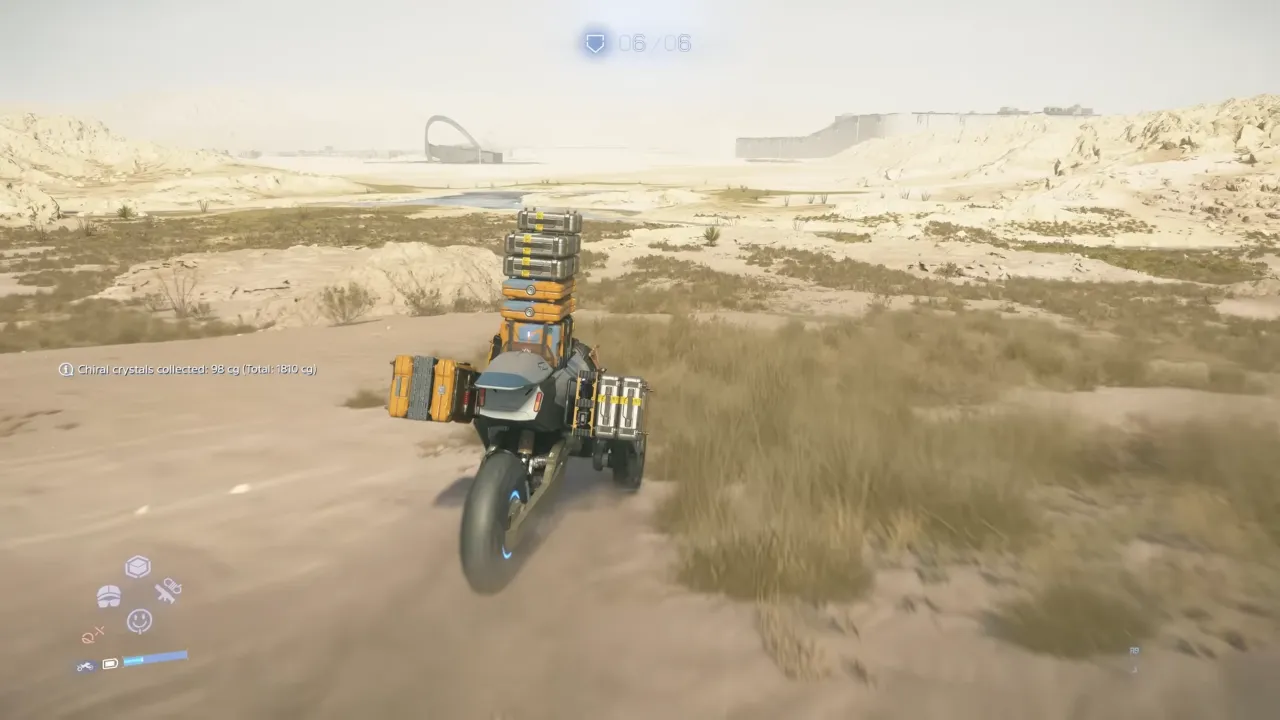
Let’s get one thing clear: Container damage ≠ cargo damage; at least, not immediately.
Containers act as the first layer of protection. They degrade from Timefall, rough terrain, or clumsy handling, but they can be repaired. Actual cargo, though, cannot. Once your delivery takes direct damage, it’s permanent, and stations will obviously notice.
There are two ways to repair container health:
- Timefall Shelters – These can be built using a PCC. On deploy, any cargo within the radius is protected from further Timefall and will slowly regenerate container health.
- Container Repair Spray – You can craft it at most delivery stations or postboxes. Simply equip it, aim at your backpack, and apply.
Still, the best cargo damage control in Death Stranding 2 is prevention. That means careful navigation, staying off rocky ledges, avoiding fast descents, and using the Strand to keep your stuff glued together.

